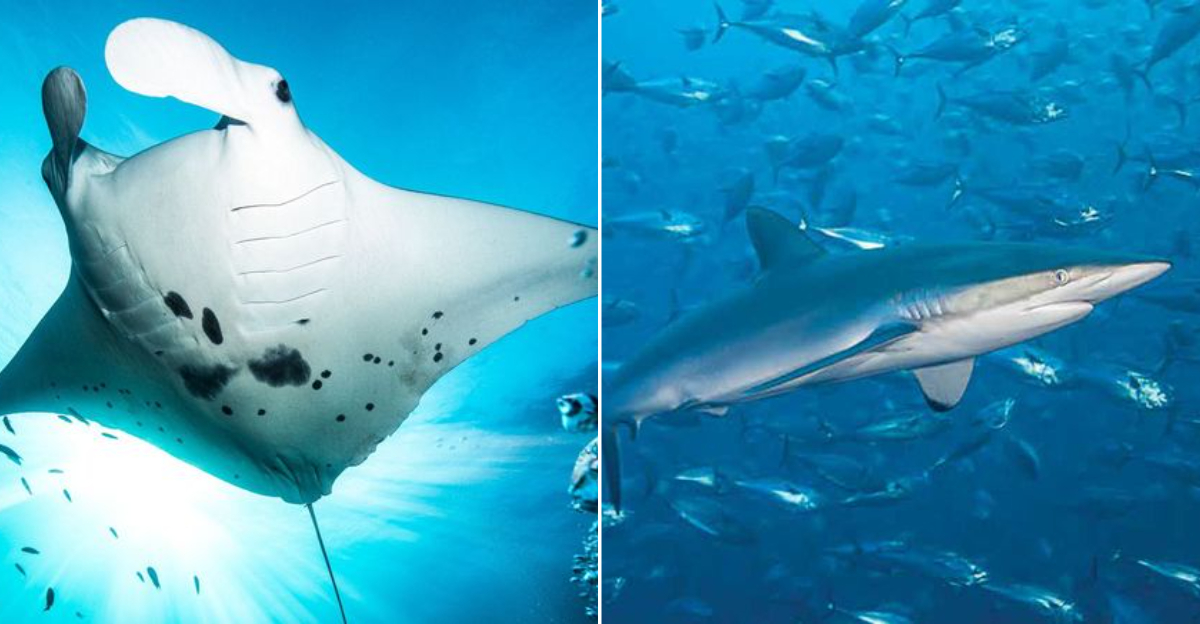Just beyond the shores of Baja California, the ocean stirs with incredible life. In these rich waters, creatures glide, splash, and dive in ways that feel almost otherworldly.
From giants of the deep to brilliantly colored swimmers, this stretch of sea is a front-row seat to nature’s most mesmerizing show.
Whether you’re snorkeling, boating, or just dreaming of the waves, these animals make Baja’s coastline one of the most unforgettable places on Earth.
1. Blue Whale: Ocean’s Gentle Giant
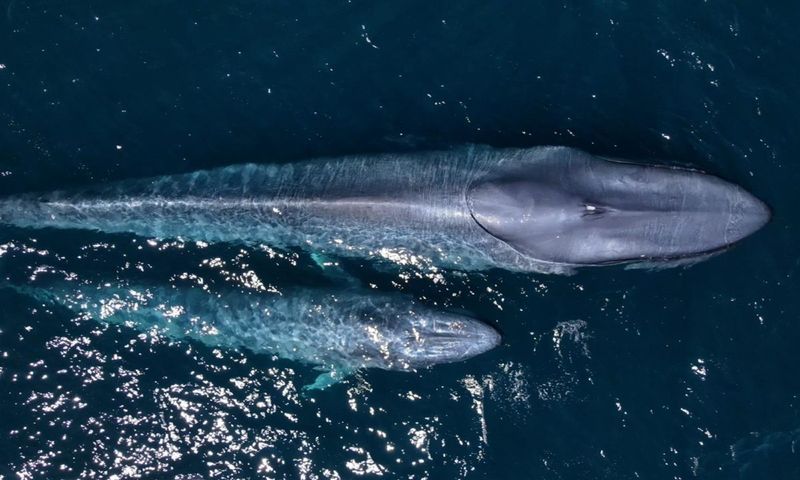
Imagine swimming next to a creature the length of three school buses! Blue whales cruise these waters seasonally, filtering thousands of pounds of tiny krill through their massive baleen plates daily.
Despite being Earth’s largest animal ever, these magnificent creatures feed almost exclusively on some of the ocean’s smallest organisms.
Their distinctive heart-melting calls can travel hundreds of miles underwater.
2. Humpback Whale: Acrobatic Performer
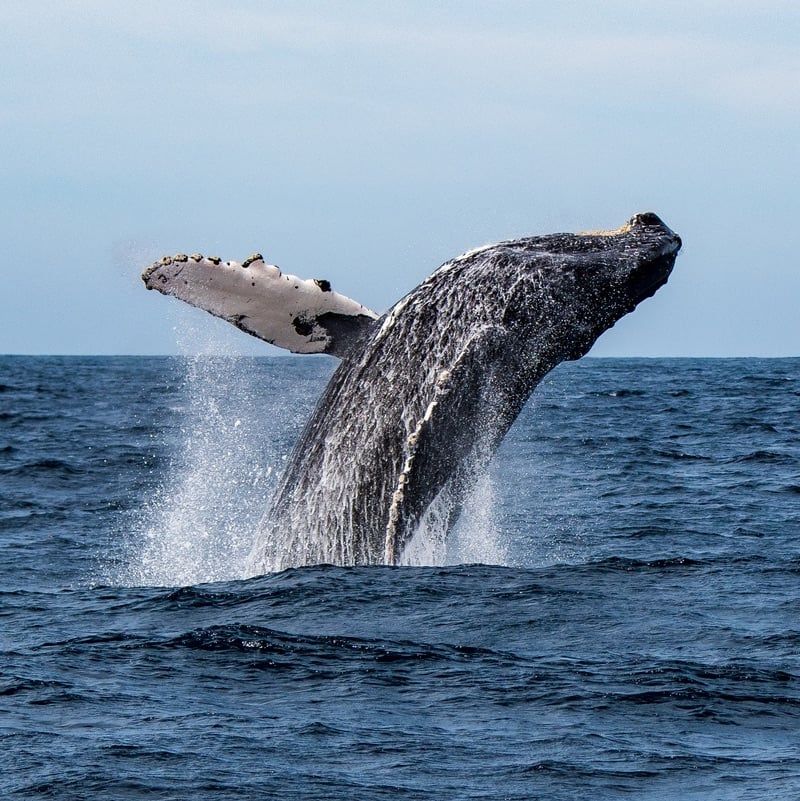
Nothing prepares you for the sight of a 40-ton humpback launching its entire body out of the water! These charismatic mammals visit Baja’s waters yearly, treating lucky observers to spectacular breaching displays and haunting songs.
Males create complex musical compositions that can last up to 30 minutes. Their distinctive long pectoral fins and knobbly heads make them easily recognizable even from a distance.
3. Gray Whale: The Marathon Migrator

Friendly? You bet! Gray whales actually approach boats in Baja’s lagoons, seemingly curious about their human admirers.
These barnacle-covered cetaceans make one of the longest migrations of any mammal, traveling over 10,000 miles annually.
Mothers bring newborn calves to Baja’s warm, protected lagoons each winter. Their speckled appearance comes from parasites and barnacles that hitch rides on their rough skin.
4. Whale Shark: Polka-Dotted Filter Feeder
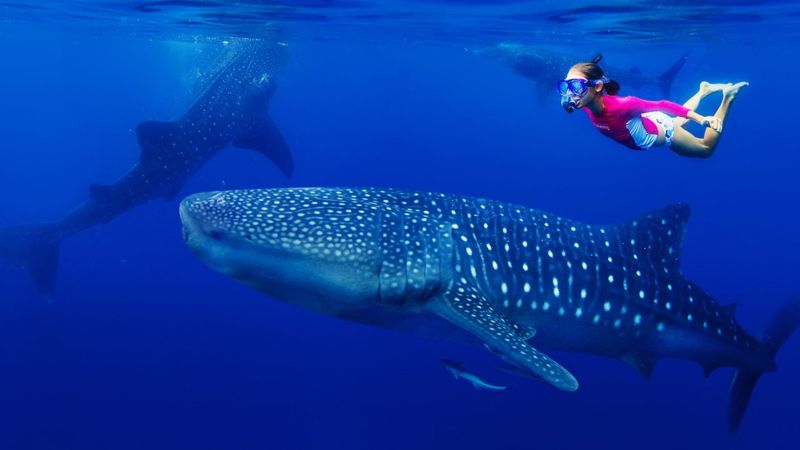
Spotting those iconic white polka dots approaching through turquoise waters never gets old!
Whale sharks congregate in Baja’s Bay of La Paz, creating unforgettable swimming opportunities with the world’s largest fish.
Despite their intimidating 40-foot length, these gentle giants feast only on microscopic plankton. Each shark sports a unique pattern of spots and stripes, like a fingerprint, allowing researchers to identify individuals.
5. California Sea Lion: Playful Water Puppies

Barking loudly from rocky outcrops, California sea lions are the clowns of Baja’s seas.
These social mammals form noisy colonies on islands throughout the region, with males fiercely defending their harems during breeding season.
Underwater, they transform into graceful acrobats, often approaching divers with puppy-like curiosity. Their streamlined bodies can reach speeds of 25 mph when chasing prey through Baja’s fish-rich waters.
6. Mobula Ray: Flying Pancakes of the Sea
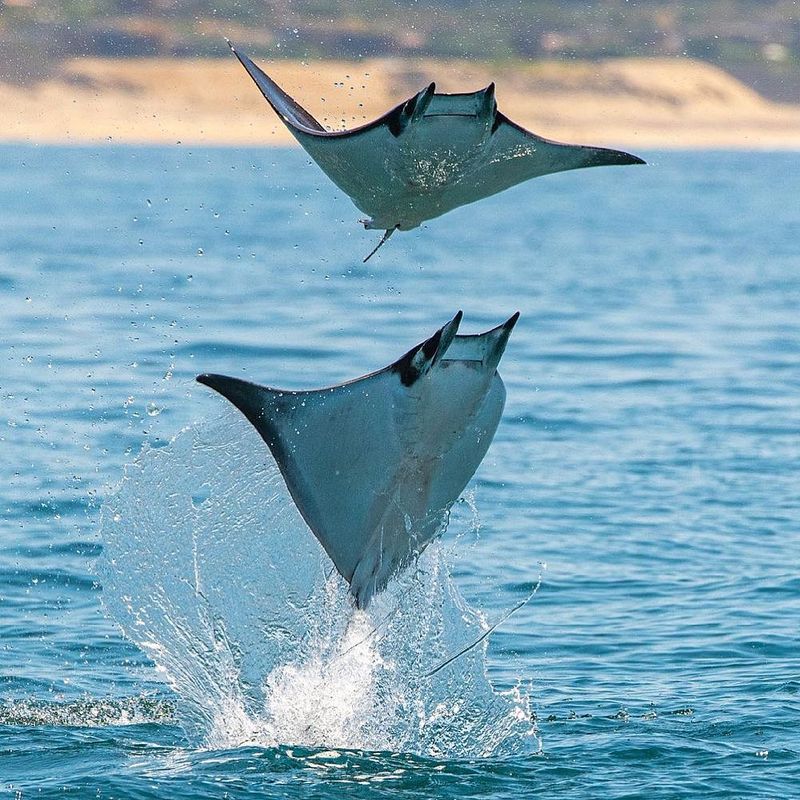
Squadrons of mobula rays suddenly launch themselves from the water, slapping down with thunderous claps! This mysterious behavior creates one of Baja’s most spectacular wildlife displays each spring.
Scientists still debate why these flat, diamond-shaped relatives of sharks perform these aerial acrobatics.
Gathering in schools thousands strong, mobulas filter-feed on plankton while cruising Baja’s nutrient-rich waters with synchronized wing-like movements.
7. Manta Ray: Majestic Ocean Butterfly
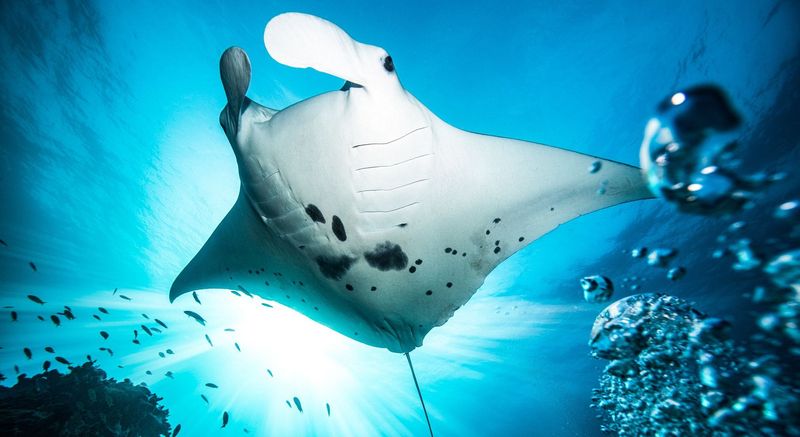
Gracefully soaring through Baja’s azure waters, giant manta rays resemble underwater butterflies with their 20-foot wingspans.
These gentle plankton-eaters perform balletic underwater somersaults while feeding, a mesmerizing sight for lucky divers. Their distinctive horn-like cephalic fins help funnel food into their enormous mouths.
Each manta bears a unique pattern of spots on its belly, allowing researchers to track individuals throughout their lives in Baja’s protected waters.
8. Silky Shark: Sleek Ocean Predator

Smooth as silk and twice as dangerous! These streamlined hunters patrol Baja’s offshore waters with effortless grace, their bronze-gray bodies reflecting sunlight as they circle curious divers.
Growing up to 10 feet long, silky sharks get their name from their unusually smooth skin.
They follow tuna schools and dolphin pods through Baja’s waters, occasionally gathering in impressive numbers around seamounts where currents concentrate their prey.
9. Shovelnose Guitarfish: Living Fossil
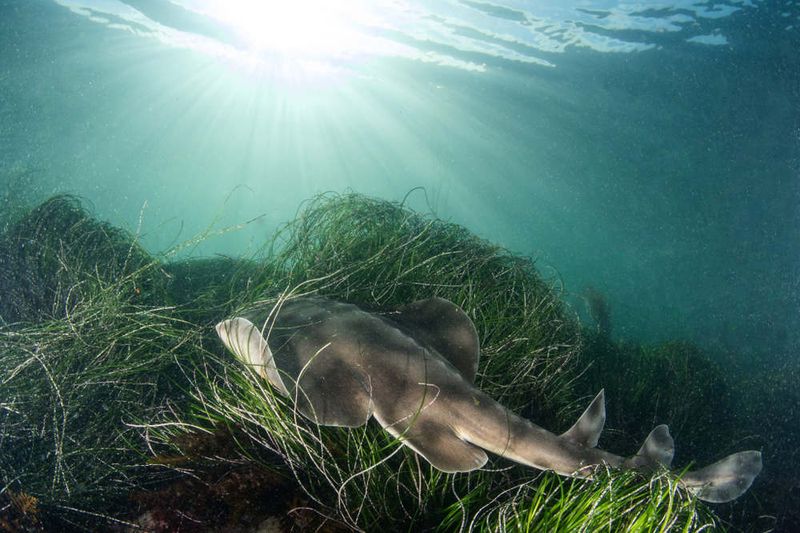
Half shark, half ray, all weird! The shovelnose guitarfish prowls Baja’s sandy bottoms with its bizarre triangular head and wing-like fins, hunting for buried crustaceans and small fish.
These unusual creatures represent an evolutionary link between sharks and rays.
Perfectly camouflaged against the seafloor, they lie motionless until prey ventures too close, then pounce with surprising speed for such an oddly-shaped animal.
10. California Scorpionfish: Master of Disguise
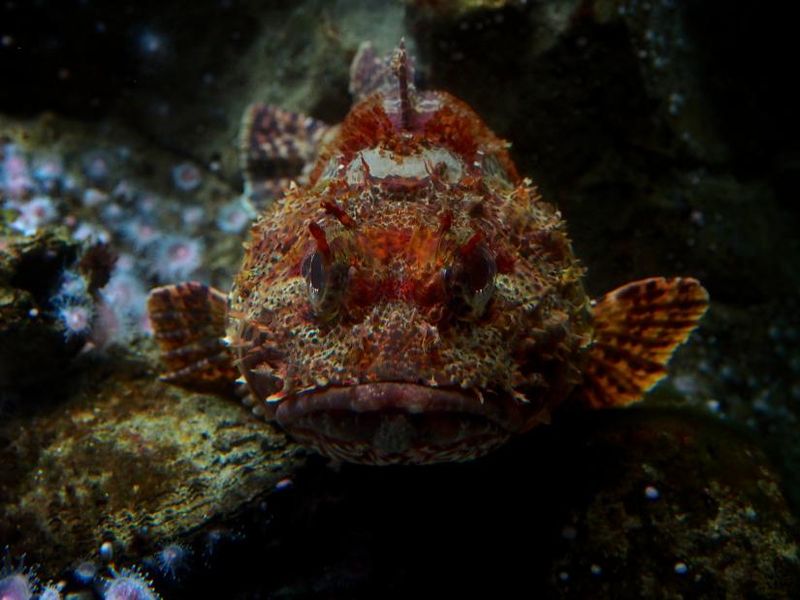
Beware the well-camouflaged spines of this venomous ambush predator!
California scorpionfish blend perfectly with Baja’s rocky reefs, their mottled reddish-brown bodies virtually invisible until they strike at passing prey.
Their dorsal spines deliver painful venom to unwary handlers or swimmers.
Despite their dangerous reputation, these fascinating fish move with surprising grace, using specialized fin rays to “walk” across the seafloor while searching for crustaceans and smaller fish.
11. Green Abalone: Iridescent Treasure
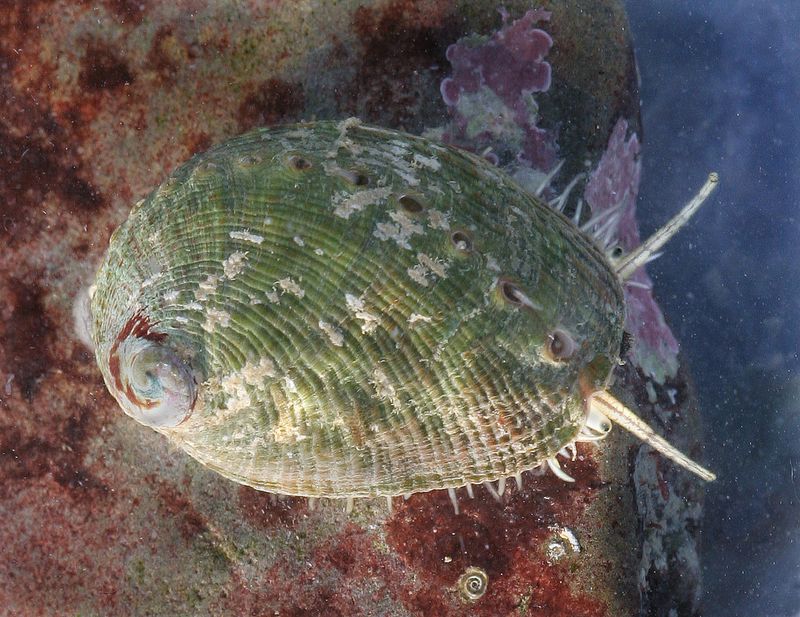
Prized by both chefs and collectors, the green abalone clings to Baja’s rocky underwater landscapes, its shell shimmering with mother-of-pearl brilliance.
These large sea snails once carpeted coastal reefs before overharvesting decimated their populations. Conservation efforts now protect remaining specimens.
Their single powerful foot can grip rocks with incredible strength, while their specialized radula (tongue) scrapes algae from surfaces. The iridescent shells have been used for jewelry and decoration for centuries.
12. Kellet’s Whelk: Slow-Motion Hunter
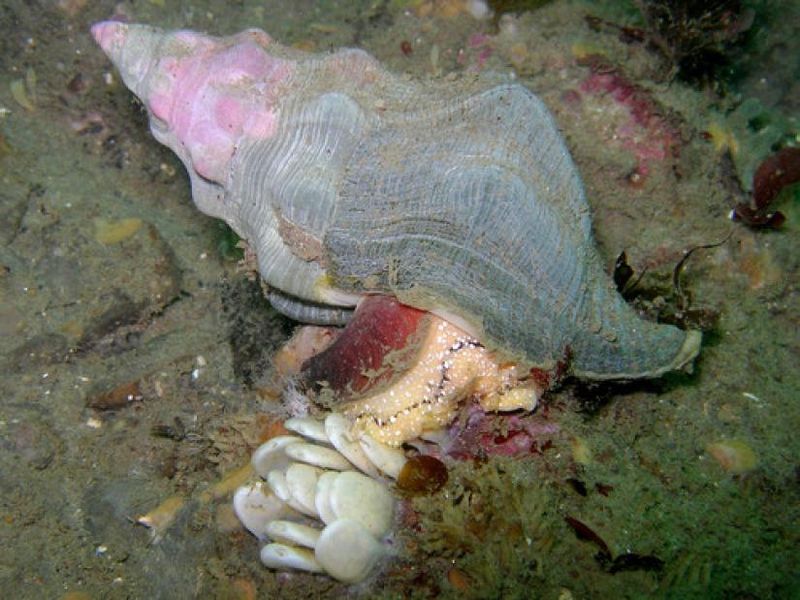
Crawling deliberately across Baja’s kelp forests and rocky reefs, Kellet’s whelks might not look impressive at first glance. But these large sea snails are voracious predators with fascinating feeding habits.
Their muscular foot helps them pry open bivalve shells. Once considered merely scavengers, researchers discovered these gastropods actively hunt live prey.
Their beautiful spiral shells, reaching up to 6 inches, were traditionally used as ceremonial trumpets by indigenous coastal peoples.
